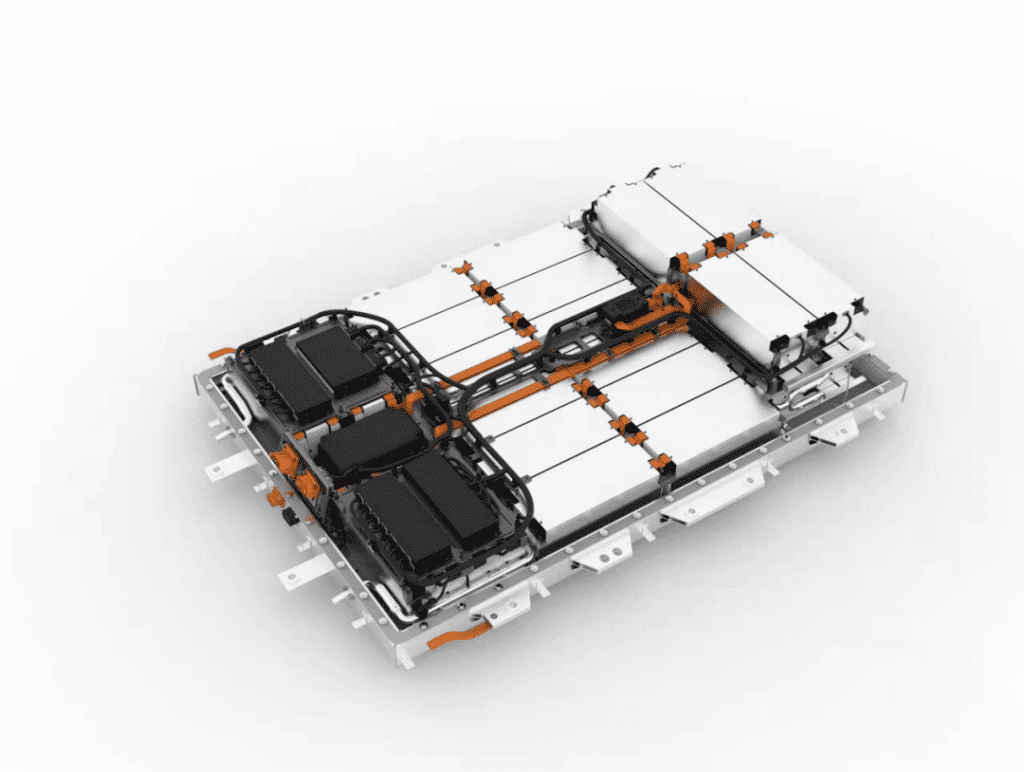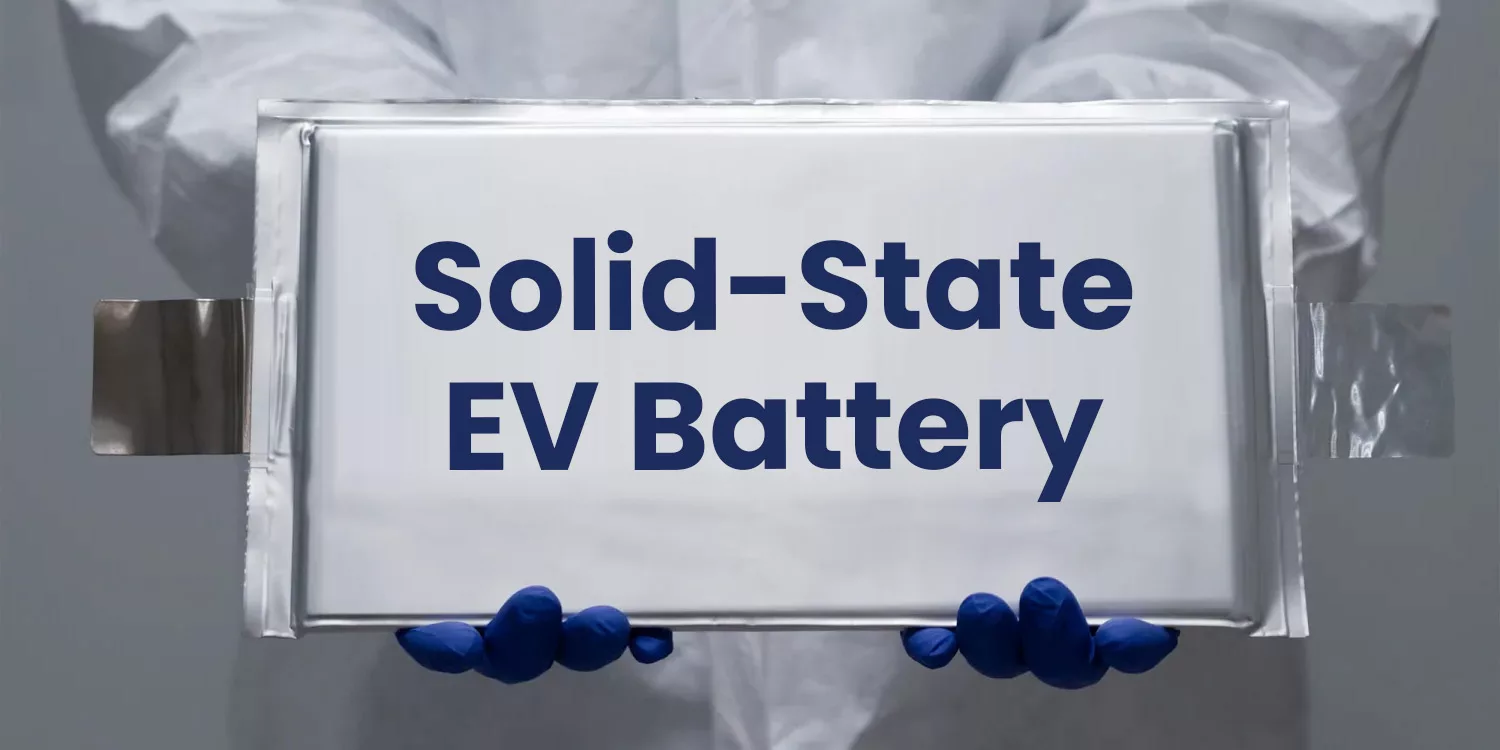The Role of Solid-State Batteries in the Future of IoT
Solid-state batteries are set to revolutionize the power supply for Internet of Things (IoT) devices in the near future. As the number of IoT devices continues to grow rapidly, the need for reliable, efficient, and safe power sources becomes increasingly crucial. Traditional lithium-ion batteries, although commonly used, have limitations that hinder the full potential of IoT. However, solid-state batteries offer a solution with their higher energy density, longer lifespan, and improved safety features.

#post_seo_title
The IoT ecosystem is expanding at an unprecedented rate, connecting billions of devices worldwide. These devices, ranging from smart home appliances to industrial sensors, demand power sources that can meet their increasing energy requirements. Unfortunately, conventional lithium-ion batteries fall short due to their relatively short lifespan, safety risks associated with their flammable liquid electrolyte, and limited energy density.
Solid-state batteries, on the other hand, introduce a new approach. They utilize a solid electrolyte instead of a liquid one, which can be made from various materials such as ceramics, polymers, or sulfides. This solid electrolyte offers several advantages over liquid electrolytes.
Firstly, solid-state batteries potentially provide higher energy density. By using a solid electrolyte, these batteries can incorporate lithium metal as the anode, significantly increasing their energy density. This advancement enables IoT devices to operate for longer durations without requiring frequent recharging or enables the creation of smaller and more compact devices.
Secondly, solid-state batteries offer longer lifespans. The solid electrolyte is less prone to degradation over time, resulting in an extended battery life. This reduces the need for frequent battery replacements, especially for IoT devices deployed in hard-to-reach or remote locations.
Lastly, solid-state batteries enhance safety. The solid electrolyte is non-flammable, reducing the risk of battery fires. This feature is particularly crucial for IoT devices used in safety-critical applications, such as medical devices and autonomous vehicles.
However, despite the promising advantages, solid-state batteries are not yet ready for widespread adoption. Several technical challenges need to be overcome, including ensuring the batteries can operate effectively at room temperature and reducing manufacturing costs. Nonetheless, research and development efforts in this field are progressing rapidly, with numerous companies and research institutions worldwide working towards solutions.
In conclusion, solid-state batteries hold great promise for the future of IoT. With their potential for higher energy density, longer lifespan, and improved safety, they could significantly enhance the capabilities of IoT devices. While there are still obstacles to overcome, the progress being made in the development of solid-state batteries is encouraging. As these batteries become more mature and cost-effective, they will play a pivotal role in powering the future of IoT.


